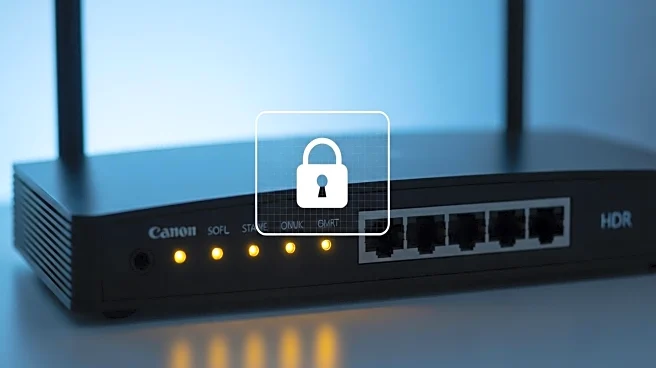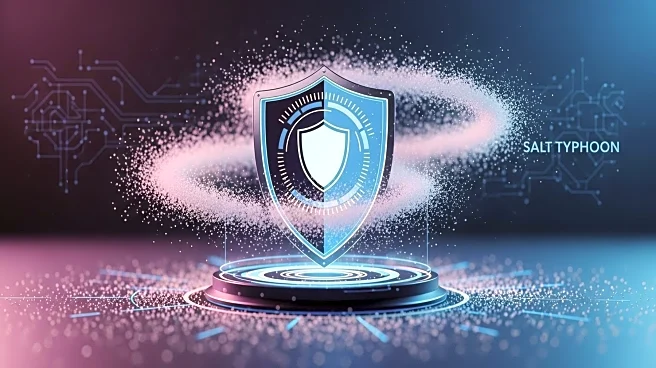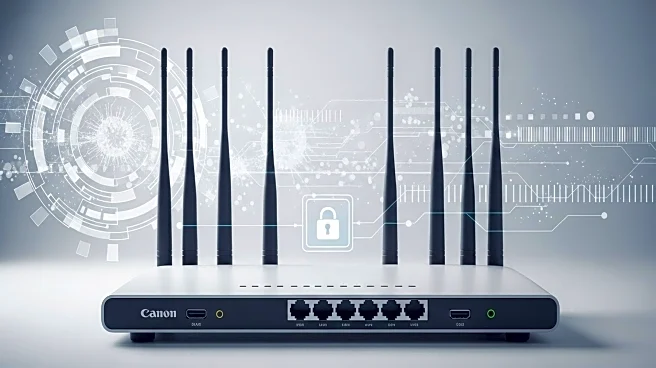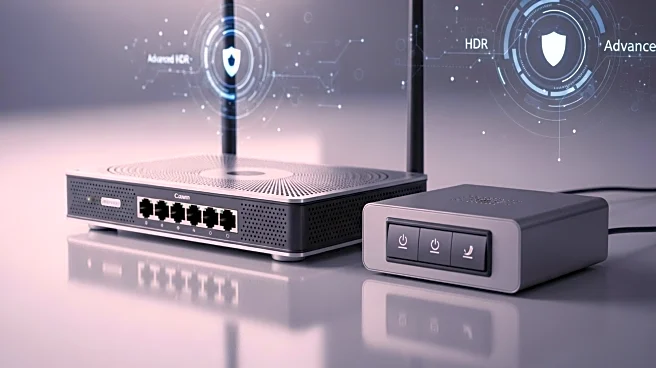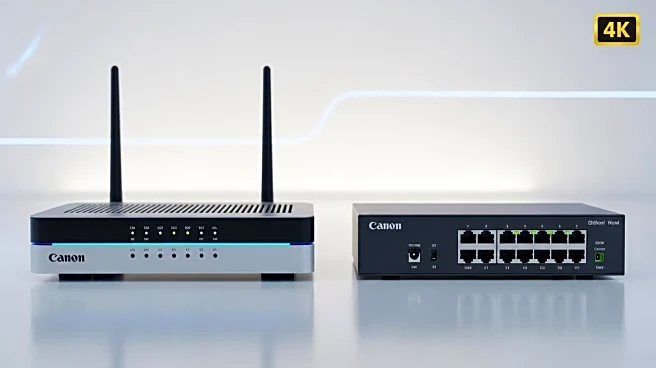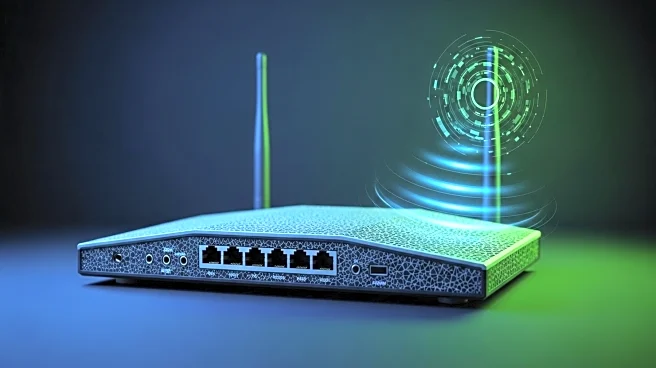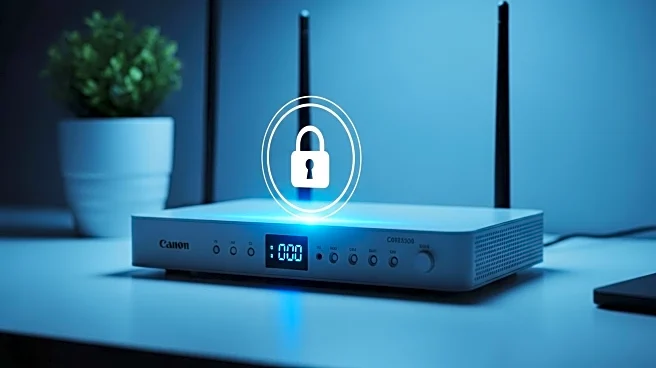What is the story about?
What's Happening?
Cisco has identified a high-severity security flaw in its IOS Software and IOS XE Software, which could allow remote attackers to execute arbitrary code or trigger a denial-of-service (DoS) condition. The vulnerability, labeled CVE-2025-20352 with a CVSS score of 7.7, has been actively exploited, as Cisco became aware of it following the compromise of local Administrator credentials. The flaw is rooted in the Simple Network Management Protocol (SNMP) subsystem due to a stack overflow condition. An authenticated remote attacker can exploit this vulnerability by sending a crafted SNMP packet to an affected device over IPv4 or IPv6 networks. The vulnerability affects all versions of SNMP, including Meraki MS390 and Cisco Catalyst 9300 Series Switches running Meraki CS 17 and earlier. Cisco has released a fix in IOS XE Software Release 17.15.4a, but no workaround exists for CVE-2025-20352. Cisco recommends allowing only trusted users SNMP access and monitoring systems using the 'show snmp host' command.
Why It's Important?
The discovery of this vulnerability is significant as it poses a risk to network security, potentially allowing attackers to gain control over affected systems. This could lead to unauthorized access, data breaches, and service disruptions, impacting businesses and organizations relying on Cisco's networking equipment. The vulnerability highlights the importance of robust security measures and regular updates to protect against exploitation. Organizations using affected Cisco products must prioritize patching and implementing recommended security practices to mitigate risks. The incident underscores the ongoing challenges in cybersecurity, particularly in managing vulnerabilities in widely used network management protocols.
What's Next?
Cisco has advised users to update their systems to the latest software release to address the vulnerability. Organizations should review their network security protocols and ensure that only trusted users have SNMP access. Monitoring systems for unusual activity and implementing additional security measures may be necessary to prevent exploitation. Cisco's response to this vulnerability will likely involve further security assessments and updates to prevent similar issues in the future. Stakeholders, including IT departments and cybersecurity teams, will need to stay informed about potential threats and updates from Cisco to maintain network security.
AI Generated Content
Do you find this article useful?
